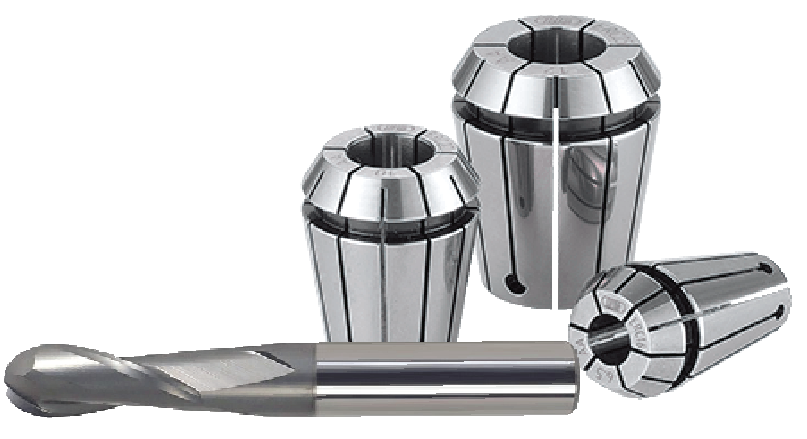1
Intro's and Announcements / Re: IPv6's are hard to come by.... and I need this one.
« on: June 12, 2024, 08:27:53 AM »
what i 'can' do is move it over to a shared IP. it's on a dedicated one, currently. I asked as it's easier to just wipe it than t pack it up and move- but- either is doable. I paid $6 for IP's years ago, and.... the six series are all but depleted- the newer ones are hex and in theory won't ever deplete... the IPv6's are worth a LOT more than $6, now... a domain name is linked to an IP address and that's how it knows where to send you when you type the name in the address bar- if i swap the IP for a shared one, it'll ultimately get you back to the forum- but it'll take time to propagate through all the DNS servers. the TTL for the IP is set to three months, currently- which means the DNS servers check back in every 3 months to see if anything has changed. the first thing is to change that to 5 minutes- and in theory the longest it'll take for a DNS server to re-adjust with the shared IP is 3 months and 5 minutes. there may be issues with caches, as some ISPs like to cache lots of stuff so it appears your pages load faster through that provider- and it can sometimes be 'grippy'--- which means i'll have to introduce some 'cache busters' which is tricky business. but again, doable.
if the forum is being used then it can stay and that'll be fine... i can just move to a shared IP... but that takes work and time to do, which i'm a bit short on... at least currently... but doesn't mean i'll always be short on... and nothing has to happen RIGHT NOW... i just have a site i'd like to build on a dedicated IP so when that site3 is ready to launch will dictate when this one now moves.
if the forum is being used then it can stay and that'll be fine... i can just move to a shared IP... but that takes work and time to do, which i'm a bit short on... at least currently... but doesn't mean i'll always be short on... and nothing has to happen RIGHT NOW... i just have a site i'd like to build on a dedicated IP so when that site3 is ready to launch will dictate when this one now moves.



 Summary
Summary